
Epidermolysis bullosa is actually a group of specific skin conditions all of which cause skin blistering associated with minor trauma, injury of friction. Medical experts agree that there are three main types of the diseases which are further divided into many subtypes. In the majority of cases the condition is inherited.
Epidermolysis bullosa predominantly affects infants as well as young children. Mild forms, on the other hand, occur in adolescence and adulthood. These can improve with age unlike severe forms which tend to reoccur and sometimes cause fatal complications.
What are Symptoms and Signs of Epidermolysis Bullosa?
Initially, the affected skin is covered with fluid-filled blisters. Most commonly hands and feet are affected because there parts of the body are often exposed to friction. If blistering is mild, these skin lesions will not cause scarring. However, severe blistering is always accompanied by scarring so certain number of patients may, for example, end up with some sort of deformity or loss of fingernails and toenails. Repair of the affected skin leads to skin thickening and scarring and some people may even lose their hair. It is also possible to develop tiny white skin bumps or pimples called milia. Additionally, there is excessive sweating and one may also suffer from tooth decay and dental abnormalities due to poorly formed tooth enamel. Finally, blisters may develop inside the body, affecting the throat and upper airway, esophagus, stomach, intestine and urinary tract.
Epidermolysis Bullosa Treatments and Drugs
Unfortunately, epidermolysis bullosa is incurable. However, with certain treatments symptoms and signs of the conditions can be brought under control and one may even prevent repeated attacks, associated complications and infections.
As for skin care, patients are taught how to puncture a blister with a sterile needle. This needs to be performed under sterile conditions because inadequate manipulating with blisters may initiate secondary infection. After that the lesions are treated with an antibiotic ointment or petroleum jelly and covered with a non-stick bandage. Only if wounds do not heal properly after some time, doctors may recommend skin grafting.
Repeated scarring is a serious problem commonly associated with different deformities such as fusion of fingers/toes or contractures. Such patients undergo reconstructive surgery.
Blistering and scarring of the esophagus may be a cause of swallowing difficulties. In that case patients undergo surgical dilation of the organ. In extreme cases, patients may end up with a gastrostomy tube.
Finally, physical therapy is a treatment option for all patients who experience motion limitations due to scarring.





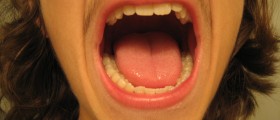

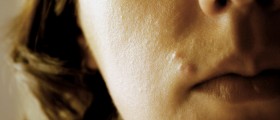
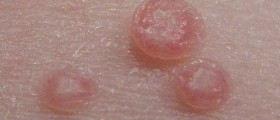
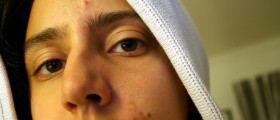



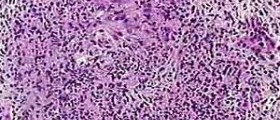

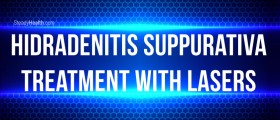
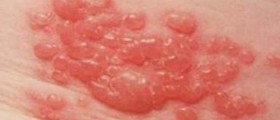
Your thoughts on this
Loading...